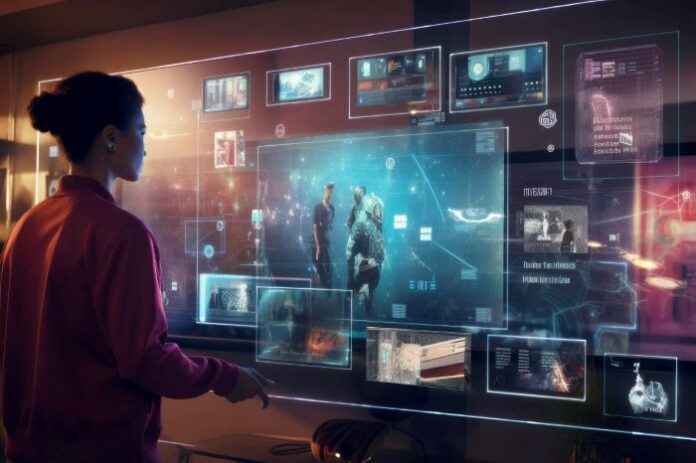As video sweeps across healthcare, bringing along with it a suite of AI and computer vision technologies, the age-old question of privacy in clinical settings resurfaces with renewed vigor. With these innovations offering a tantalizing glimpse of enhanced patient care and streamlined operations, concerns about potential intrusions into the trust patients have in hospitals have placed limits on the pace of adoption. The balancing act of utilizing advanced technologies without infringing on the sanctity of this relationship can unlock and accelerate the financial and capacity benefits of AI for hospitals.
The Imperative of Privacy in Clinical Settings
Healthcare is deeply personal. It hinges on a patient’s willingness to disclose sensitive health information and is rooted in the belief that such revelations will remain confined to the clinical setting. The psychological comfort, trust, and resulting openness that a secure environment fosters can positively influence patient outcomes.
The Dual Value Proposition of New Technology
For technology to become an intrinsic part of healthcare, it needs to cater to two core propositions: enhancing clinical outcomes and fortifying the trust between patients and caregivers. The AI and video solutions that are making headway into hospitals today should not just be about efficiency; they should respect and amplify the patient-provider dynamic.
For example, the COVID-19 pandemic made in-person visits perilous, isolating patients from their loved ones. Video technology stepped in as a savior, bridging this emotional chasm. Patients and families, previously wary of the invasiveness of video technology, began to cherish this digital window to their loved ones. Even post-pandemic, this desire for virtual visits remains, underlining how a potential privacy concern transformed into a beacon of comfort and connection.
However, the roadblocks aren’t entirely gone. Nurses, the frontline warriors of patient care, found that managing complicated and unreliable video technology added strain to their already stretched capacities. Further, they saw it as diminishing their ability to provide attention to their patients. For patients, access was a boon; for the care team: a burden. Technology, no matter how advanced or well-intentioned, must cater to the holistic needs of the hospital ecosystem. Technology that is powerful must be invisible yet relevant.
Trust-Building For the Hospital and Patient
In an age of data breaches and cyberattacks, security protocols are not just an added bonus; they’re essential. Third-party penetration testing and certifications (e.g. SOC2 Type II Audits, HITRUST) are crucial in reaffirming the reliability and security of these technological advancements. A hospital’s internal reviews of such systems can augment third party results, but they are not a substitute. Audits represent a continual focus from suppliers on security, rather than a point-in-time analysis of vulnerabilities.
Nurses: The Lighthouses of Patient Trust
At the nexus of technology adoption in healthcare stand our nurses. Their frequent interactions with patients make them trusted intermediaries – the human touch in an increasingly digital world. Hence, the success of any new technology largely hinges on its acceptance by nurses – America’s most trusted profession.
Many treat the nursing community as an important one to win over, although fewer incorporate this perspective into the design and rollout of a patient solution. For example, nursing suggesting a virtual curtain for video feeds can be met with a logical view of why the people viewing the video are nurses just like them. Alternatively, it can be integrated with the realization that the nurses are trying to reassure the patient that the system is working for them.
Conclusion
As we navigate the crossroads of technology and tradition in healthcare, decision-makers need to take a 360-degree view. The promise of AI and video technologies is undeniable. Still, it is imperative to remember that the essence of healthcare is human connection. Balancing the marvels of modern technology with the timeless principles of trust, privacy, and compassion will pave the way for a healthcare system that is not just smarter, but also more empathetic and inclusive. Privacy in clinical settings is imperative to building this trust.
















